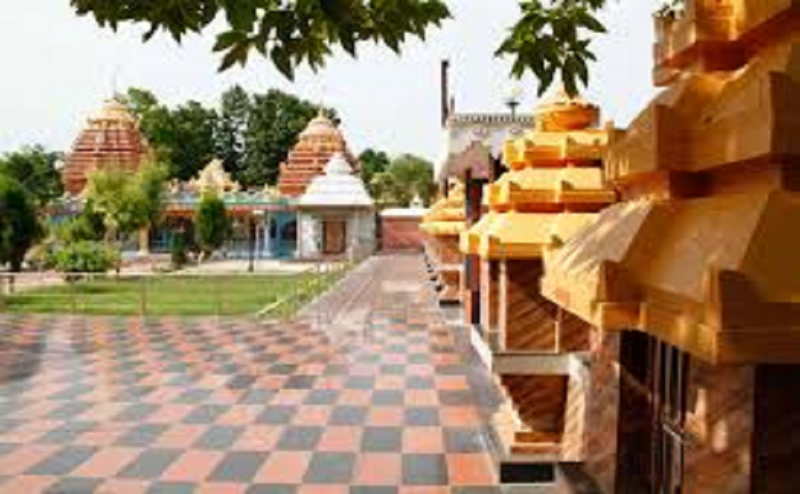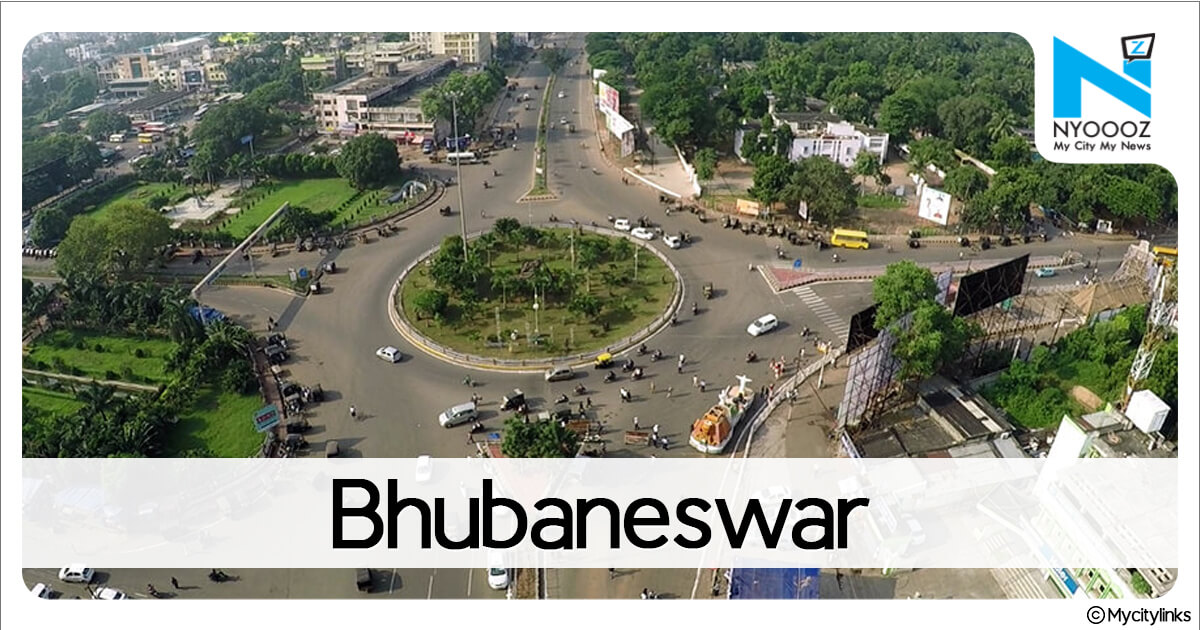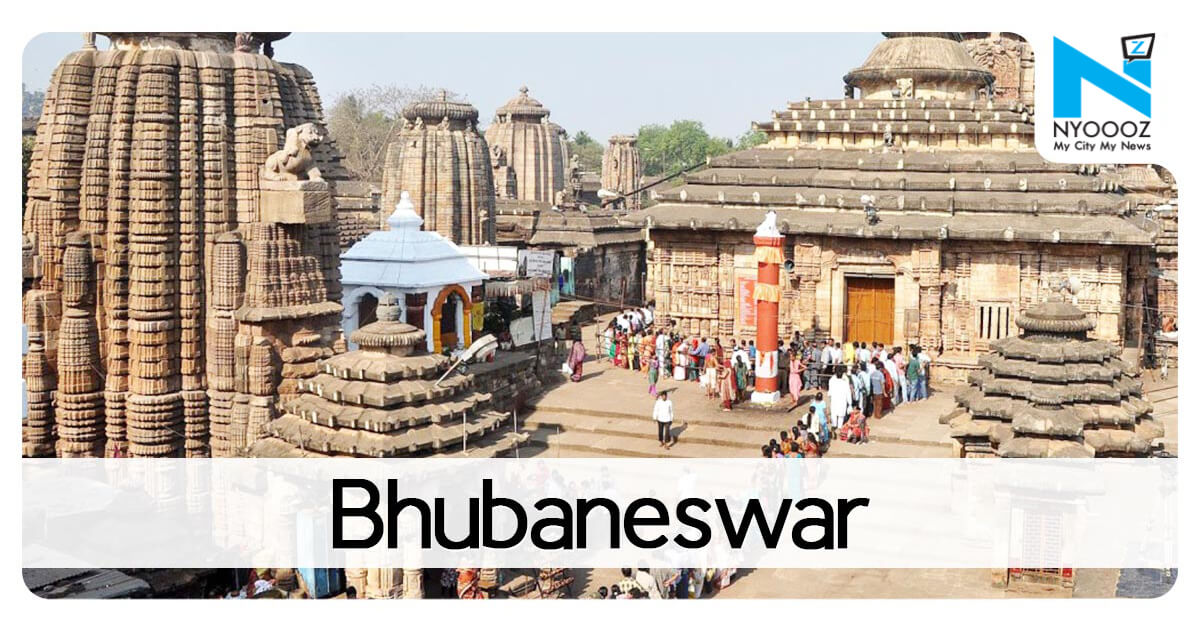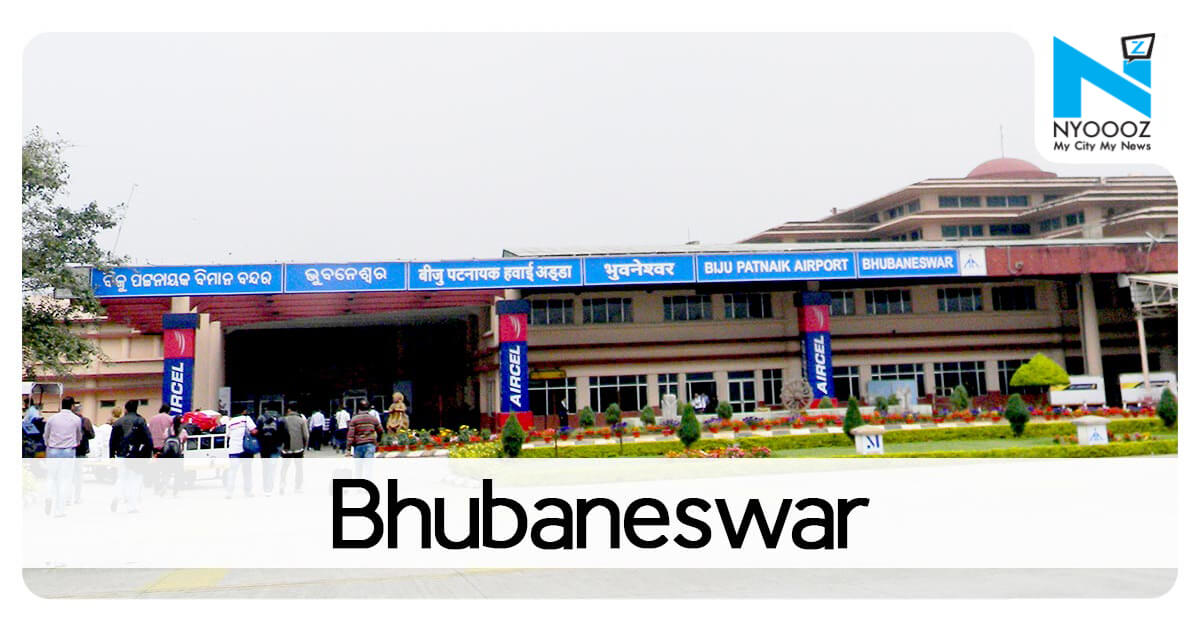- Home >> Bhubaneswar
Odisha's first Smart village and India's second, Kalarabanka that beamed worldwide but who scripted it?
- | Monday | 1st April, 2024

BY DN SINGH
It was a tale of decades back when bathed in prolific richness of a sylvan set up, was a model in itself as a village. Freshness of pastures all over which transforms into a new magic look as the season changes.
During monsoon the village gets clad by almost a green blanket of grass and thick foliage and in winter the hue is gorgeous and in summer it brings the grey carpet post the harvests.
Extensive stretches of forest dotted with coconut trees and bamboo bushes swaying to the Northerly breeze inviting the caress of Paika River, a lovely tributary of the Mahanadi deltaic region is a splendor.
It was a recall of 89 years back when a young lady perched on a grass mat on the courtyard of a humble home where later was a shelter for a family of nine which includes seven children.
That was Nilimarani Samanta, then a drop dead gorgeous young lady, with a poised exterior and a pair of eyes beaming with love and affection, never say no to any challenge and a radiance of hope who helped the people of Kalarabanka to many new mornings each passing year.
An uncrowned queen of generosity she sowed the seed of giving for others which after years was magnified by one of his sons to the Art of Giving.
.png)
In a village, which had a population of about 600 odd, in 1936, was in the deep of backwardness and struggle for survival when Nilimarani played a huge ‘Santa’ roll of sharing others’ worries and instill painstakingly to take every odd into the strides and dream for wins against the pervading out of the ordinary problems at many fronts.
She was widowed at a very early age of 40, left behind with seven children to be looked after when in that household of Samantas’s sometimes a day’s two times meal was rare.
For the entire village she was like a sister and a mother for many, Nilimanrani, fondly named as Shefali, tried her best to mentor her children to rise up against all odds and she instilled the same passion among all the people of Kalarabanka.
Besides the education for her children Shefali’s tenacity for the socio-economic change for villagers was no less a priority.
Her children waddled through the mud of hopes and despairs and had their education and one among them by sheer tempestuous love for education became an educationist and a social activist.
His enviable entrepreneurship spread far and wide yet what remained his top priority was to transform his village and paint it in the colour of his mothers’ aspirations.
Her one son who played a yeoman role from behind the scene remained a hidden propeller of binding courage with progress and it indeed had dividends.
Many from this village which by then had a 100% literacy by the blessings and efforts of Nilimarani had many people who had flourished at different fields immensely stood behind by contributing whatever they could for the development of the village.
Nilimarani Memorial Charitable Trust was founded on the initiative of her fifth son as said earlier in January 2000 with an aim to transform Kalarabank into a smart village.
The Objective of the Trust is to develop Kalarabank and nearby villages in the fields of education, health, sports as well as to look after development of children, women and youth, environmental protection, extend help during natural calamities like flood, cyclone and overall development of orphaned children. A management committee was formed in the general body meeting of the Trust to formally start its functioning. Many well-wishers from the village and nearby areas have been contributing voluntary service to the Trust.
Kalarabank High School was established first to further the higher education. Subsequently, this was converted to a Model Residential High School. This school, which provides education to 700 boys and girls, is different from other educational institutions in many respects. It is well known as a `factory to produce good human beings`. All necessary materials are provided here to groom the students into good human beings.
There is a provision to provide books and two pairs of school uniforms to poor and meritorious students free of cost. Talented students are also encouraged to study in KIIT University in future. Similarly, Kalinga English Medium School was established in the village. It was a boon for the boys and girls of the village who wanted to study in English medium. Even though it is located far away from the city, its students are in no way less than students studying in prestigious schools of the cities.
The convenience of the rural campus, surrounded by all civic facilities and amenities such as a Health Center, Public Library, Public Park, Children`s Park, Bank, Post Office, Police Outpost, Cluster of fifteen Temples, Spirituals Centers, Safe Drinking Water Project, Concrete Road, Citizen Knowledge & Service Center
While describing the country’s second best smart city it is hard to ignore the prominent role that Shefali played till her last breath. She constantly remained the as a guide and mentor to breathe synergy and endurance for her children and among them the 5th son who relentlessly pursued to translate Nilimarani’s dreams was none other than Achyut Samanta who has become himself a promontory for education by founding Kalinga Institute of Industrial Technology and Kalinga Institute of Social Science.
But persons like Nilimarani or Shefali never get into the list of names of prominent awards but their deeds are enough to say that they do not need symbolic applause on papers.

If You Like This Story, Support NYOOOZ
Your support to NYOOOZ will help us to continue create and publish news for and from smaller cities, which also need equal voice as much as citizens living in bigger cities have through mainstream media organizations.
Stay updated with all the Latest Bhubaneswar headlines here. For more exclusive & live news updates from all around India, stay connected with NYOOOZ.










